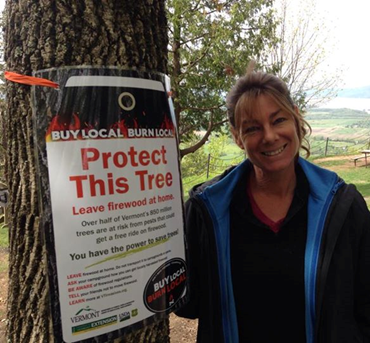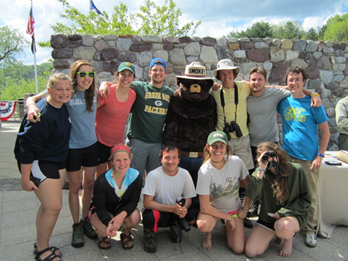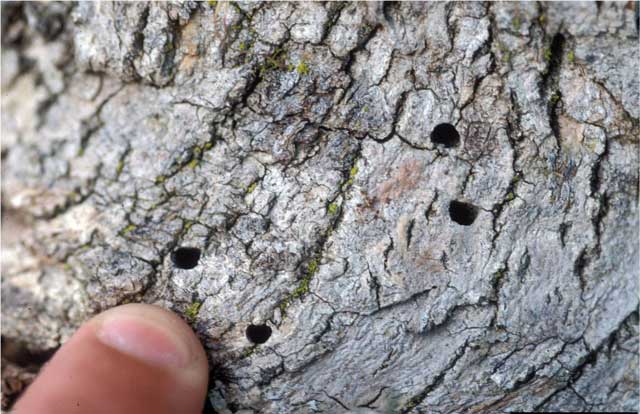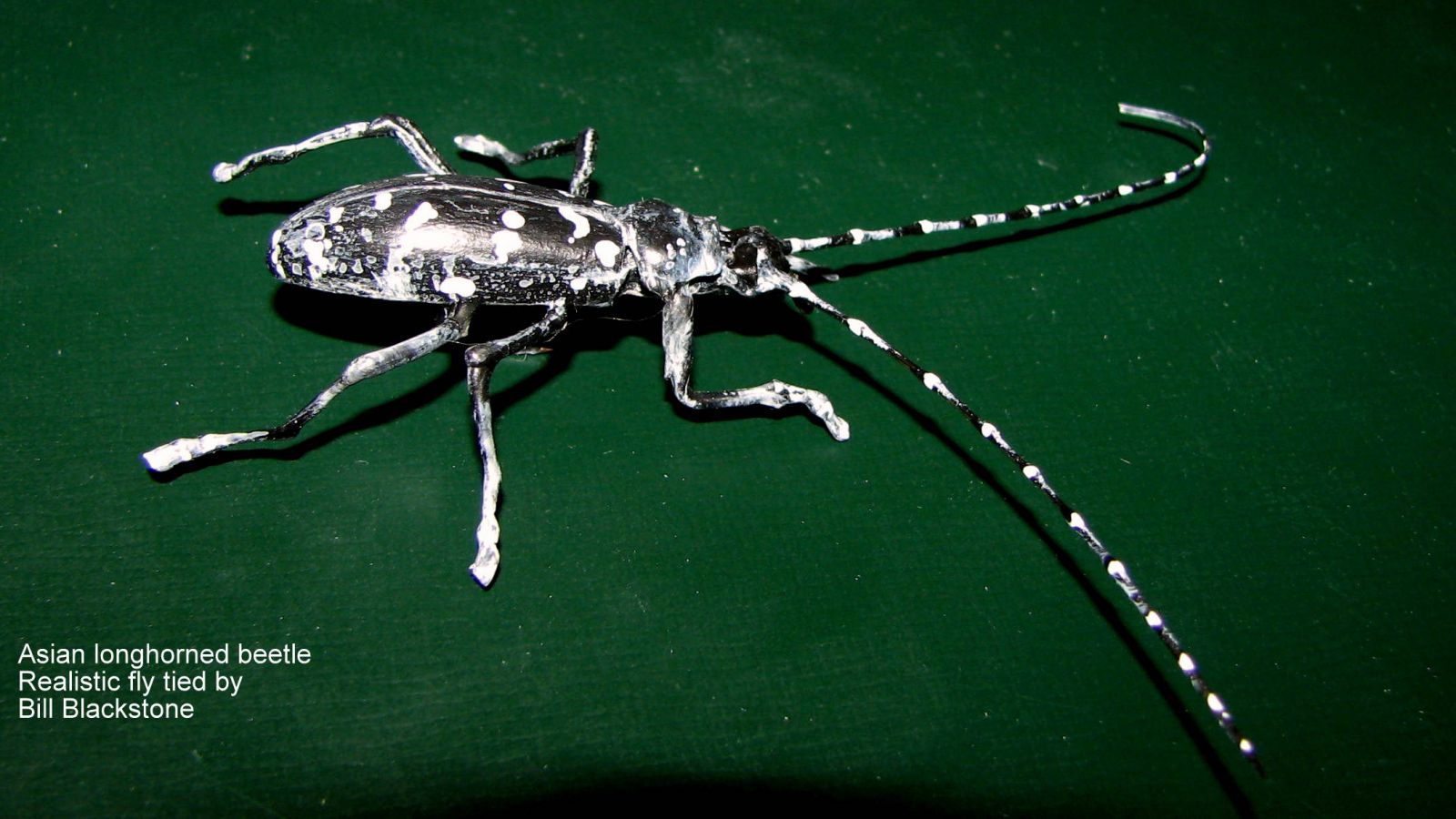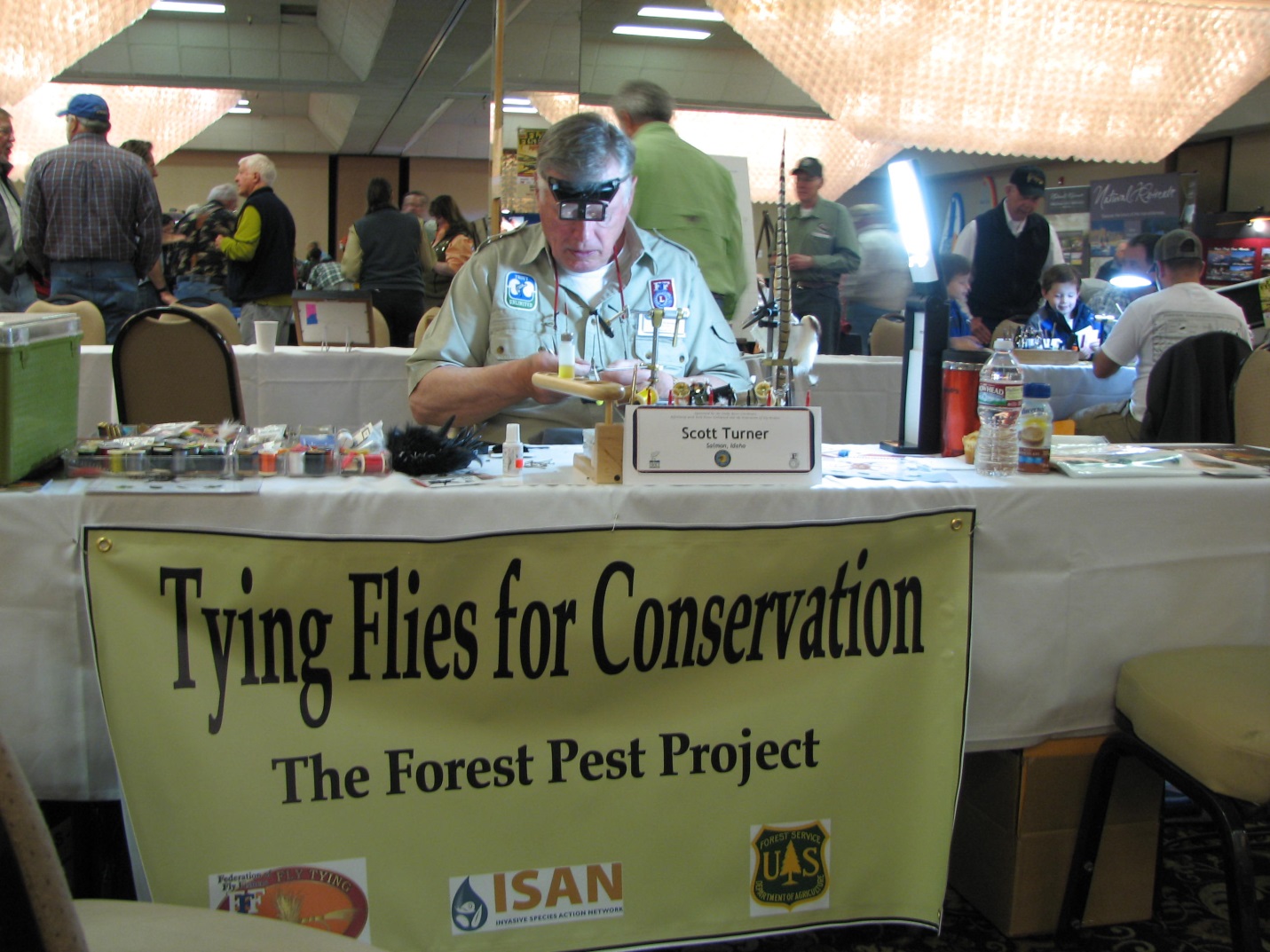Did you know that some invasive moths can travel to new places, and infest new forests and trees, on contaminated firewood? In 2022, National Moth Week will be July 23 to 31 and here at Don’t Move Firewood we are providing all our free moth-related materials and downloads to anyone that would like to learn more about how to identify or prevent the movement of invasive moths.
The two invasive forest pests that fit with National Moth Week are winter moth and spongy moth. Winter moth is a pest that could be spread in the egg stage via firewood. This pest is generally uncommon outside of New England and Nova Scotia. You can learn more about winter moth on the UMass Extension Program winter moth site.
Far more common than winter moth is the spongy moth. Spongy moths will lay their eggs on firewood as well as live trees, and any sort of solid outdoor objects (for instance, flower pots and lawn furniture can also become infested with egg masses).
Here are our favorite resources for spongy moth- enjoy!
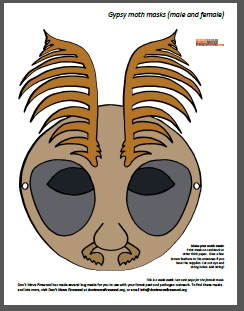 .png) |
Bug masks of both male and female spongy moths (Colored In or Line Drawn, thumbnails shown are for male moth- both sexes are included in the download) produced by Don’t Move Firewood. See French version. |
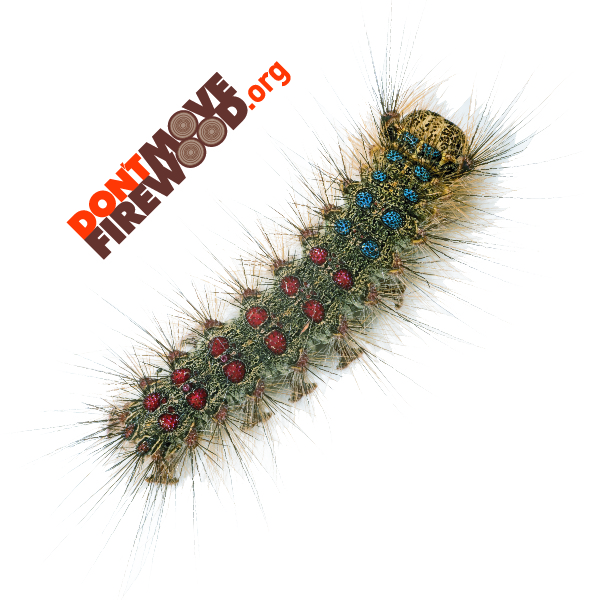 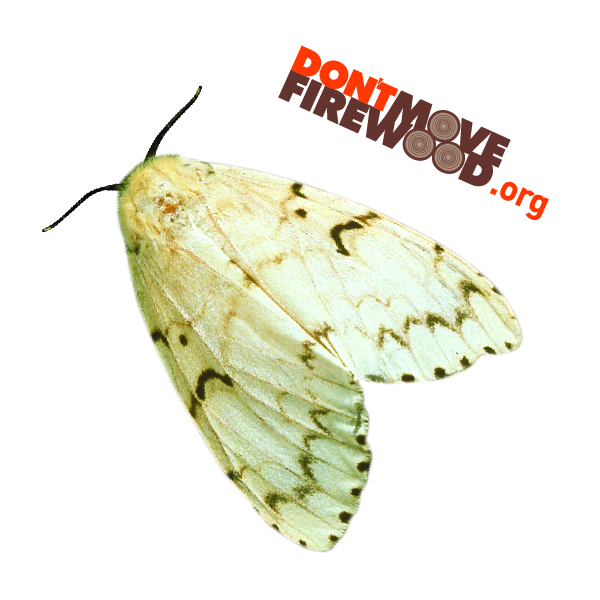 |
Templates for making your own spongy moth caterpillar fake tattoo or spongy moth female adult fake tattoos, produced by Don’t Move Firewood |
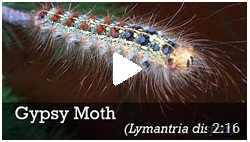 |
Identification video for spongy moth, produced by our partners at Outsmart Invasives and Healthy Trees, Healthy Cities |
 |
Educational website on spongy moth, produced by our partners at USDA APHIS |
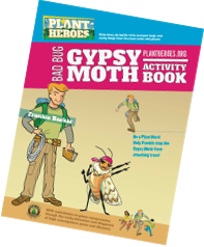 |
Plant Heroes Spongy Moth Activity Books, produced by our partners at Plant Heroes, a program of the American Public Gardens Association |




